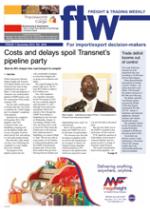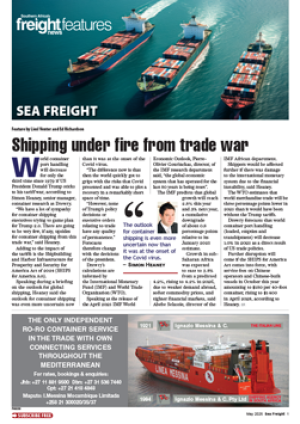Despite the weakness of the
rand, South Africa’s imports
have remained relatively
stable thanks to government’s
major infrastructure
programme.
According to Busisiwe
Radebe, an economist with
Nedbank, while imports have
seen a decrease in recent
months, the situation is not
as bad as is currently being
experienced with exports
thanks to the spending on
infrastructure.
“It is probably the saving
grace for our import sector
as we will see our imports
anchored by this programme,
which has initially been
costed at R3.2 trillion
over 20 years,” she said.
“It is definitely expected
to stimulate the economy
somewhat as government will
have to import capital goods
if they want to be successful.
We are therefore predicting
that over the short- and
medium-term we will see an
uptick in imports.”
This is already evident in
the latest reports released by
the Industrial Development
Corporation (IDC) that show
a spike in capital goods being
imported during 2012 while
the import of consumer goods
has declined.
“This is very positive,”
said Radebe. “We want to see
less consumer goods being
imported and more capital
goods.”
“The August to September
change in imports of goods
reflected decreases mainly in
mineral products, machinery
and electrical appliances,
products of the chemical
and allied industries as
well as original equipment
components,” said a Sars
spokesman.
According to Radebe,
the decrease in imports is
not as much of a concern
as the continued contraction
of exports.
Export volumes contracted
at an annual rate of 6% in
the second quarter of 2012
after falling by 1.5% in the
first quarter. While import
volumes are now almost 4%
above pre-crisis highs, exports
are still well below their peak.
What made the situation
more worrying, said Radebe,
was that the relative weakness
of the rand was not resulting
in an increase in exports.
This was a concern
also raised by Finance
Minister Pravin Gordhan
in his medium-term budget
policy statement earlier this
year.
He said while in real
terms the rand was 7%
weaker in the first half of
2012 compared to the same
period in 2011, it had so far
provided little support for
manufacturing export growth,
which remained exceptionally
weak in the present economic
environment.
CAPTION
IDC reporting a spike in capital goods being imported during 2012.

